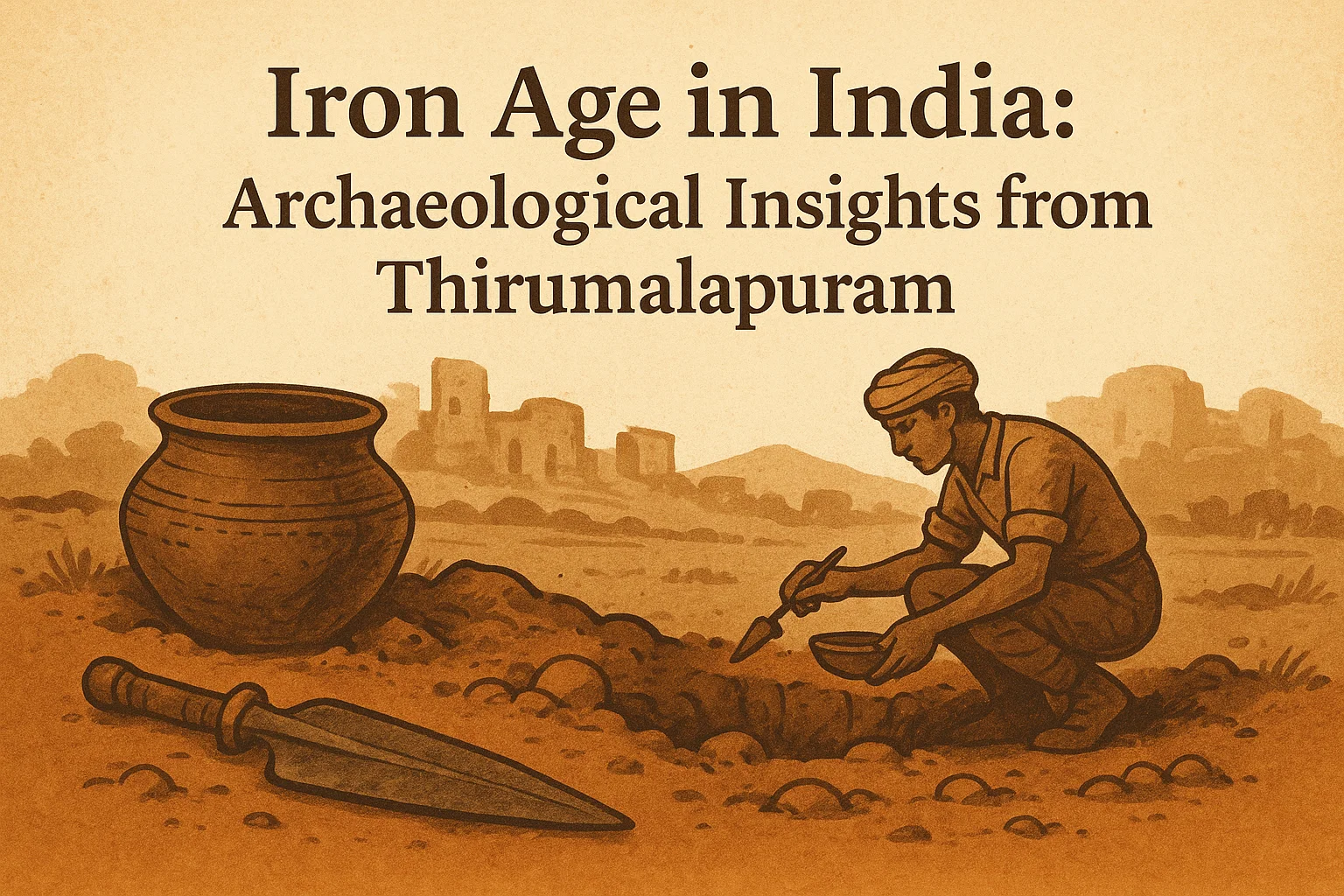Font size:
Print
Study of Human Evolution and Migration
Context: A recent study of fossils found in India’s Saurashtra peninsula challenges the long-held belief that early humans migrated along coastal routes.
- The study, published in Quaternary Environments and Humans, examined archaeological sites along the Aji and Bhadar river basins.
Genetic studies, particularly mitochondrial DNA analysis, support the “out-of-Africa” theory, which suggests that Homo sapiens evolved in Africa and then migrated globally. However, the exact timing and routes of migration remain debated.
Key Findings:
- They discovered early human tool-making artefacts made from chert, jasper, chalcedony, bloodstone, and agate. These tools were chipped repeatedly to achieve specific shapes and sizes.
- The researchers used relative dating to estimate the age of the tools, determining they were between 56,000 and 48,000 years old, which aligns with the Middle Palaeolithic period.
- Sea-Level Changes and Geography: Models of sea-level changes during the Middle Palaeolithic suggest that Saurashtra was a vast landmass connected to regions like Kutch, Makran, and the Western Ghats.
- This suggests that during the Middle Palaeolithic, Saurashtra was farther inland, not near the coast, and provided a land route for human migration.
Coastal vs. Inland Migration Models:
- Coastal Dispersion Model: Some genetic studies support the idea that early humans migrated along coastal routes, particularly in tropical regions where resources were abundant (e.g., the 2005 study of Orang Asli people showing rapid migration along the Indian Ocean coast around 65,000 years ago).
- Evidence from 2020 also suggests a connection between indigenous Taiwanese tribes and ancient populations in Japan, supporting the coastal migration theory.
- Inland dispersal model, which posits that human ancestors migrated through interior, terrestrial routes rather than along the coast.
Implications:
- The study highlights a broader dispersal of early human populations across India, exploring both coastal and inland areas.
- Archaeologists emphasise the importance of considering all possible routes and caution that coastal migration is difficult to prove due to submerged sites and lack of precise dating.
The study calls for precise dating to confirm the age of the artefacts found in Saurashtra, which is a critical step to further solidify the inland migration hypothesis.

